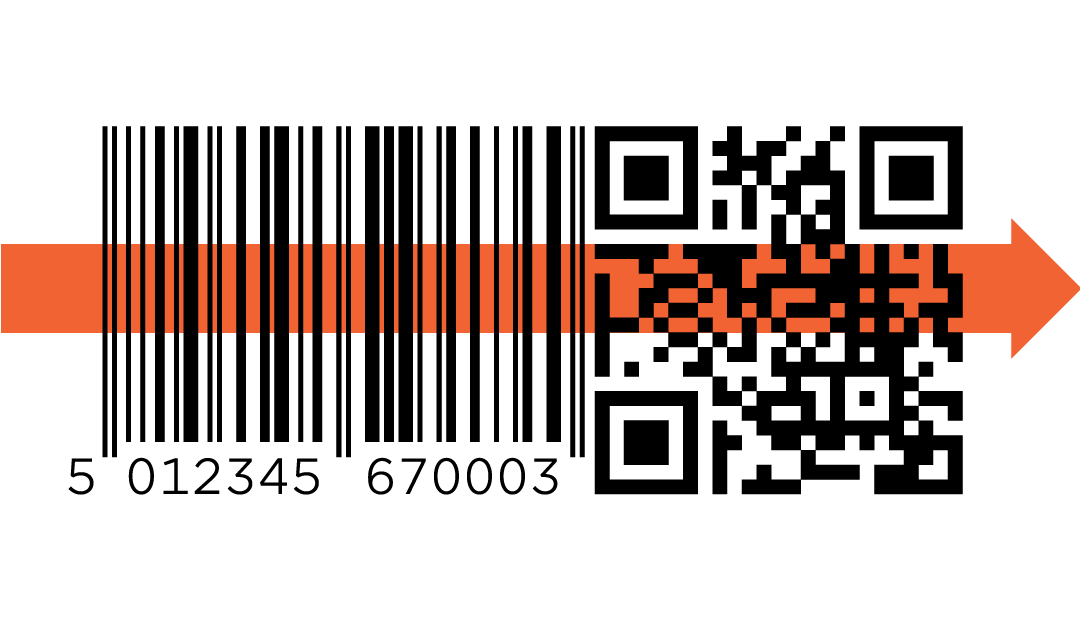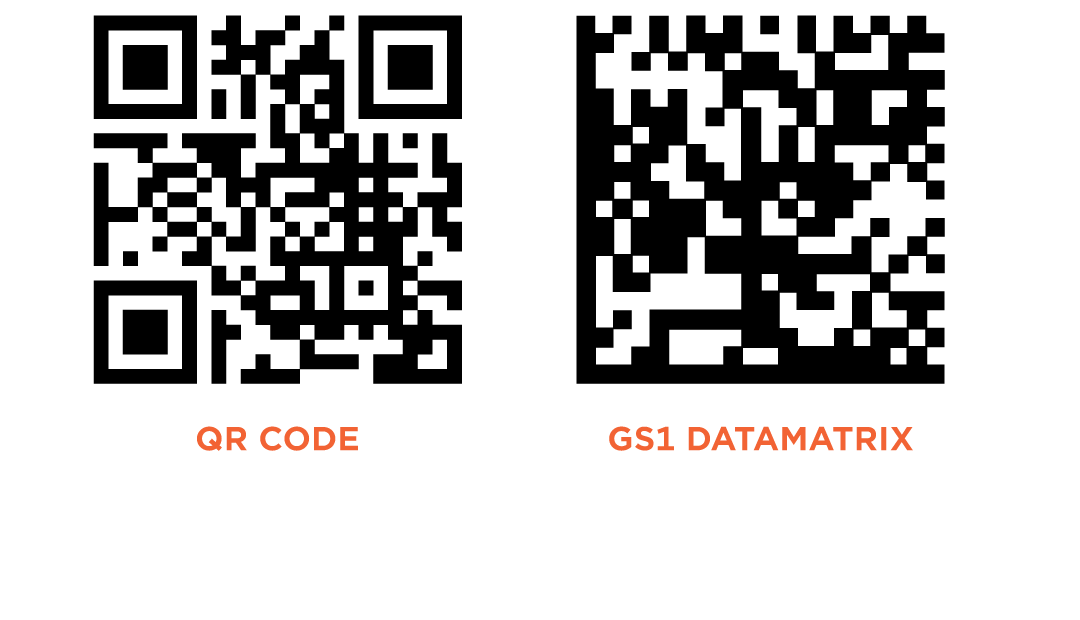Now more than ever, consumers are looking for product transparency. Next generation barcodes that can contain much more information than just a Global Trade Item Number (GTIN) are the way forward.
Today many businesses use multiple barcodes on their packaging – an EAN or UPC to store the GTIN that identifies the product, and a QR code to provide more product information to consumers or trading partners.
2D barcodes are able serve both purposes, allowing you to free up packaging space, drive revenue, transform digital strategy and power sustainability agendas while still harnessing the benefits of increased product data.
Key benefits include
Links to additional details online
With 2D barcodes, consumers can view additional information online.
Post-purchase interaction
Empower consumers to interact with your brand long after their purchase.
Unlocking analytics and insights
Consumer interaction and feedback that generates valuable insights and new possibilities.

What is a 2D barcode?
A 2D (two-dimensional) barcode is a graphical image that not only stores information horizontally like traditional linear (one-dimensional) barcodes, but also vertically.
This means that the storage capacity of a 2D barcode is significantly higher. While 1D codes can store up to 2,000 characters, 2D codes can store over 7,000.
They can be scanned in any orientation using an image-based scanner or smart phone.
QR and GS1 DataMatrix codes
There are a number of different 2D barcodes that are currently in use across a wide range of industries. The two most widely recognised are QR and GS1 DataMatrix codes which can both be used to store all manner of information ranging from expiry dates and serial numbers to batch and lot numbers. They can also contain URLs to extend a product’s packaging, acting as a gateway to consumer information such as allergens and nutrition, suitability information, recipes or usage instructions.

QR and GS1 DataMatrix codes contain various data types (such as alphanumeric and binary data), are omnidirectional (can be read from any angle) and can be read correctly even if damaged. QR codes are currently the most widely used type of 2D barcode, especially by mobile devices.
Both types can carry all GS1 ID keys, including GTINs, however there are differences between the two that make each better suited to certain use cases.
QR codes
A QR or ‘Quick Response Code' encodes data in contrasting dark and light cells arranged in a grid and currently the most widely used type of 2D barcode. Easily readable by mobile devices without the need for a specialist app, they are better suited for consumer-facing applications than GS1 DataMatrix codes. Particularly beneficial for retail purposes, they can instantly connect consumers to product information at the scan of a smartphone.
QR codes using data in the GS1 Digital Link URI format are especially powerful. These 2D barcodes are multifunctional as they can contain valuable information that simultaneously powers the Point Of Sale (POS) and many other business processes, while also connecting consumers to the brand’s website of choice.

GS1 DataMatrix codes
Usually square, or sometimes rectangular in shape, GS1 DataMatrix and are made up of multiple light and dark square ‘cells’ arranged in a grid or ‘matrix’. Widely used in the electronics, automotive and health industries, they are physically smaller than QR codes, offering higher data density in a smaller space. This makes them an ideal solution for identifying small products, parts or components.
Prepare for the future
While the 1D barcode is not going away, industry still needs take steps to welcome a defined set of different barcodes through their point of sale. This will future-proof your existing systems, allowing your operations to grow, scale and unlock the enhanced capabilities of 2D.
Get started connecting your products
GS1 Digital Link
The GS1 Digital Link standard enables GS1 identifiers to be used as a gateway to online information.
Implementation guides and resources
See our guides on how to connect your products to the digital world.
GS1 Digital Link training
Our Digital Link course will help you understand how you can improve your business operations and connect with consumers like never before.
Get in touch
If you're interested in finding out more about how our standards can transform the way you connect with consumers, please submit your details below and a member of our team will soon be in touch.

